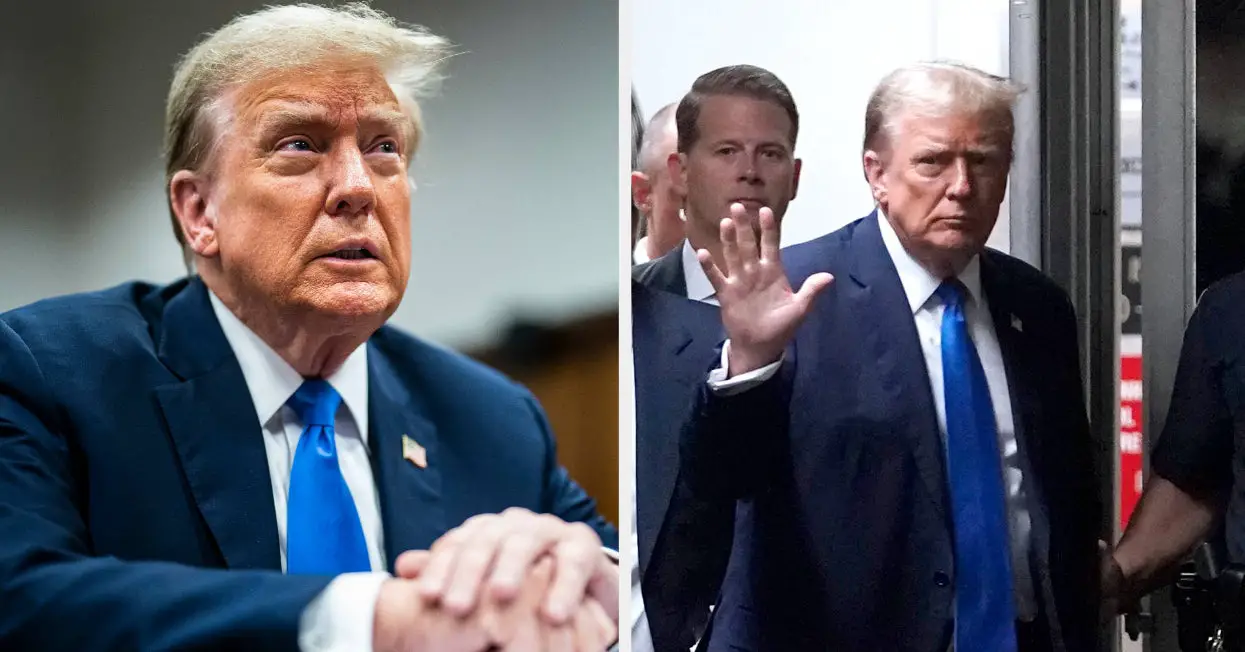The world’s biggest battery company is turning to abundantly available materials as it looks to upgrade power packs for electric vehicles. While that stands to bring down costs and raise efficiency as raw material shortages abound, it’s an opportunity for countries like India and Brazil to take their chunk of the increasingly lucrative EV supply chain before it gets too late.
After effectively popularising safer and cheaper lithium iron phosphate, or LFP, chemistry for EV batteries, China’s Contemporary Amperex Technology is now adding manganese to the mix. Ford Motor recently added LFPs to its mix and will now import them from CATL for its Mustang Mach-E and F-150 Lightning pickup. This latest chemistry, LMFP, and promise to commercialise it, could be yet another game changer.
In its latest formulation, manganese will boost the energy density of LFPs, allowing them to take vehicles further along (while remaining the safer and cheaper option.) In CATL’s case, the voltage will increase from 3.2 volts to 4.1 volts. Such chemistry could provide up to 25 percent more energy density, according to a subsidiary of Lithium Australia that has also been working to adjust its own manufacturing processes to boost battery performance. CATL’s cells will be mass produced by the end of this year with a potential energy density of 230Wh/kg, compared to 150Wh/kg to 180Wh/kg. That’s substantial given range anxiety and charging infrastructure remain the biggest barriers to widespread consumer adoption.
Manganese — and its effectiveness in electrochemistry — is often forgotten because of its low cost as a portion of the whole battery compared to that of other metals like nickel and cobalt. It’s used in higher energy density batteries, or the nickel cobalt formulation but in smaller amounts than the other elements. Those powerpacks, while also popular and a favorite of South Korean manufacturers, have been involved in fires and aren’t considered as stable despite being able to take vehicles further. Other combinations exist too, like the increasingly promising lithium nickel manganese oxide, or LNMO. In the past, one persistent issue with using manganese was that the battery would have a limited life cycle and high resistance, meaning it gets too hot and voltage drops. CATL’s version (and others) seem to have overcome this.
With this potential, demand for the metal is bound to go up. While there isn’t a shortage of manganese yet, it’ll be an important component for batteries. South Africa tops the list of producers, followed by China, Australia, Brazil, Gabon and India.
As the battery supply chain gets concentrated in the hands of a few countries (or really, just China), it’s important for emerging and developing markets avoid getting left behind, and to grab their part too, rather than eventually getting hamstrung by shortages and supply chain snarls. If they are incentivised to produce more of these materials, they are bound to push electric vehicles. Ultimately, these nations stand to play an important role in electrification and help bring down global emissions. India, for instance, could become a key supply chain risk mitigator. It has vast untapped reserves. Of the more than 140 or so mines, several are currently inactive and almost half the production comes from two dozen public sector mines. Most of the ore is suitable for steel and other more basic uses. Only a tiny portion is battery-grade, however it can be processed and purified in to a battery-friendly form. An Indian government committee last month recommended exploring manganese reserves and boosting R&D efforts to explore the use of the metal for powerpacks, hopefully leading to increased policy support. Putting all this to work effectively could give India a spot in the global supply chain.
It’ll come down to cost, quality and carbon footprint, as founder of Euro Manganese Marco Romero told me recently. Countries like India can no doubt win on the cost front when it comes to labor, equipment and fabrication even if they can’t compete on low-carbon emission operations just yet. The reality is India will have to start with incremental gains. But to do even that, it’ll need to start now.
Until recently, there weren’t many other uses for high-grade manganese so companies didn’t have much incentive to boost production. Anyone willing to invest now will gain a first-mover advantage. China is already pushing the case with its “manganese innovation alliance campaign, launched late last year. The country has mastered refining the metal. However, after a year of supply chain snarls, and companies and countries wanting a host of suppliers to avoid a concentration risk for key resources, that means there’s room for plenty of players.
© 2022 Bloomberg LP
https://www.cupbord.com/who-says-china-has-locked-in-the-ev-supply-chain/










Leave a Reply